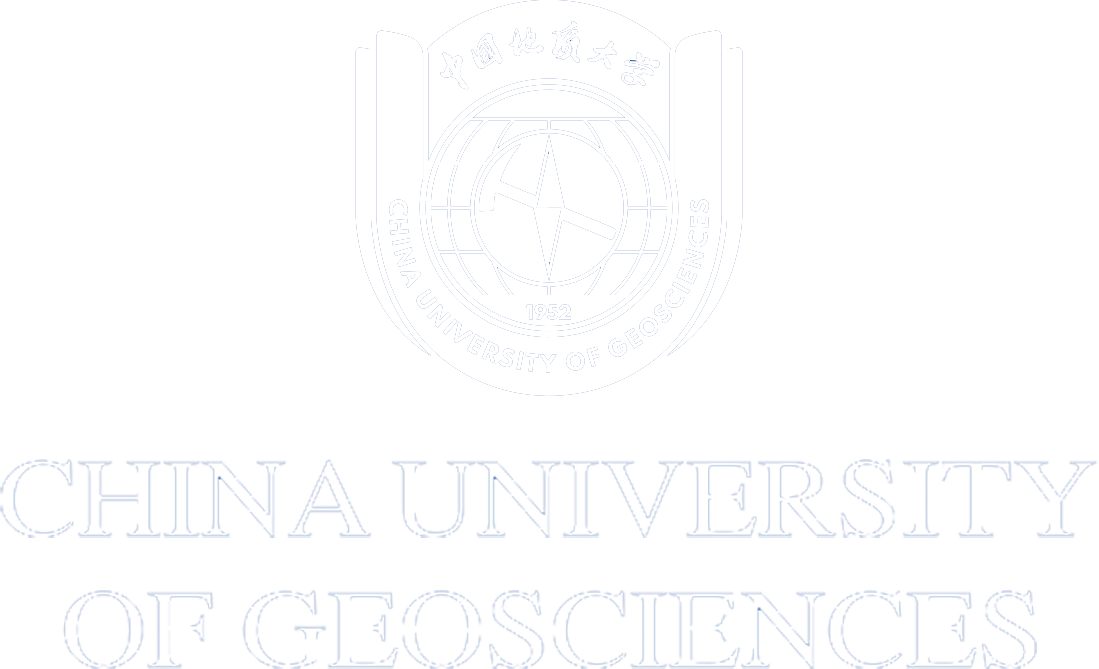Sedimentary records suggest that the mid-Proterozoic (ca. 1.8–0.8 Ga) was persistently characterized by a greenhouse climate despite significantly lower solar luminosity compared to modern levels. To maintain greenhouse conditions, the partial pressure of carbon dioxide (pCO2) must have remained elevated, possibly indicative of key differences in the complexities of the carbon cycle compared to the modern. Modeling has suggested that high pCO2 was likely maintained by elevated rates of “reverse weathering:” marine authigenic clay formation, a process that consumes alkalinity and generates CO2. This process is kinetically slow in modern marine environments, yet is hypothesized to have been enhanced during the mid-Proterozoic due to the greater availability of important species for clay authigenesis such as silica and ferrous iron. This hypothesis is testable using the geological record, because enhanced reverse weathering would lead to the formation of abundant marine authigenic clays. However, the distribution of marine authigenic clays in the Proterozoic sedimentary record has not been paid sufficient attention. In this study, we report the presence of authigenic clays (glauconite and berthierine) from the Xiamaling Formation (ca. 1.4 Ga), North China. The glauconite-berthierine horizons occur as millimeter-to centimeter-thick laminae interbedded with muddy siltstone and feature detrital grains supported by the clay matrix. In places, these layers were partially reworked to form soft and cohesive intraclastic sands, suggesting a syndepositional origin. We hypothesize that marine iron cycling in the iron- and silica-rich mid-Proterozoic oceans may have facilitated the formation of authigenic iron-rich clay during the deposition of the Xiamaling Formation. The formation of iron-hydroxides on the seafloor—and the local increase in pH caused by subsequent dissimilatory iron reduction—could have resulted in the absorption of SiO2, Al(OH)3, and Fe(OH)2 to form soft, cohesive and noncrystalline Fe(OH)3-SiO2-Al(OH)3-Fe(OH)2 gels. These gels would have subsequently converted to glauconite/berthierine through aging. The transformation from glauconite-rich layers to berthierine-rich laminae was likely facilitated by a greater availability of Fe(II), and therefore higher Fe(II)/TFe and Fe/Si ratios. We suggest that the relatively rapid formation of syndepositional, seafloor berthierine and glauconite layers in the basal Xiamaling Formation is the result of enhanced reverse weathering during this time. This study provides an important geological support for carbon cycle models that invokes enhanced reverse weathering rates in the mid-Proterozoic ocean that may have helped to maintain a high-baseline pCO2 during this time.
Article link: https://doi.org/10.2138/am-2021-7904




 Address
Address
 E-Mail
E-Mail
 Telephone
Telephone